Memory Performance: 16GB DDR3-1333 to DDR3-2400 on Ivy Bridge IGP with G.Skill
by Ian Cutress on October 18, 2012 12:00 PM EST- Posted in
- Memory
- G.Skill
- Ivy Bridge
- DDR3
One of the most important kits in this review is the DDR3-1600 kit for which G.Skill has supplied one of their RipjawsX range. This kit is of importance due to the close price differential to the DDR3-1333 kit ($5 difference), but also as generations of processors go forward we get an ever increasing suggested memory speed of those processors. Take the most recent AMD Trinity processor release for desktops – all but the low end processor supports 1866 MHz memory as the standard out of the box. Now we can be assured that almost all of the processors will do 2133 MHz, but as manufacturers raise that ‘minimum’ compliance barrier in their testing on their IMCs, the ‘standard’ memory kit has to be faster and come down in price also.
Visual Inspection
The RipjawsX kit we have uses a large heatsink design, with the top of the heatsink protruding 9.5mm above the module itself. As mentioned with the Ares DDR3-1333 kit, there are multiple reasons for why heatsinks are used, and pretty low on that list is for cooling. More likely these are placed initially for protecting which ICs are used in the kit from the competition (using a screwdriver and a heatgun to remove them usually breaks an IC on board), then also for aesthetics.
The heatsink for RipjawsX uses a series of straight lines as part of the look, which may or may not be beneficial when putting them into a system with a large air cooler. Here I put one module into a miniITX board, the Gigabyte H77N-WiFi, with a stupidly large and heavy air cooler, the TRUE Copper:
As we can see, the cooler would be great with the Ares kit, but not so much with the RipjawsX. The kit will still work in the memory slot like this, though for piece of mind I would prefer it to be vertical. As we will see with the TridentX (the 2400 MHz kit), sometimes having a removable top end heatsink helps.
JEDEC + XMP Settings
| G.Skill | |||||
| Kit Speed | 1333 | 1600 | 1866 | 2133 | 2400 |
| Subtimings | 9-9-9-24 2T | 9-9-9-24 2T | 9-10-9-28 2T | 9-11-10-28 2T | 10-12-12-31 2T |
| Price | $75 | $80 | $95 | $130 | $145 |
| XMP | No | Yes | Yes | Yes | Yes |
| Size | 4 x 4 GB | 4 x 4 GB | 4 x 4 GB | 4 x 4 GB | 4 x 4 GB |
|
|
|||||
| MHz | 1333 | 1600 | 1867 | 2134 | 2401 |
| Voltage | 1.500 | 1.500 | 1.500 | 1.650 | 1.650 |
| tCL | 9 | 9 | 9 | 9 | 10 |
| tRCD | 9 | 9 | 10 | 11 | 12 |
| tRP | 9 | 9 | 9 | 10 | 12 |
| tRAS | 24 | 24 | 28 | 28 | 31 |
| tRC | 33 | 33 | 37 | 38 | 43 |
| tWR | 10 | 12 | 14 | 16 | 16 |
| tRRD | 4 | 5 | 5 | 6 | 7/6 |
| tRFC | 107 | 128 | 150 | 171 | 313 |
| tWTR | 5 | 6 | 8/7 | 9/8 | 10/9 |
| tRTP | 5 | 6 | 8/7 | 9/8 | 10/9 |
| tFAW | 20 | 24 | 24 | 25 | 26 |
| tCWL | - | 7 | 7 | 7 | 7 |
| CR | - | 2 | 2 | 2 | 2 |



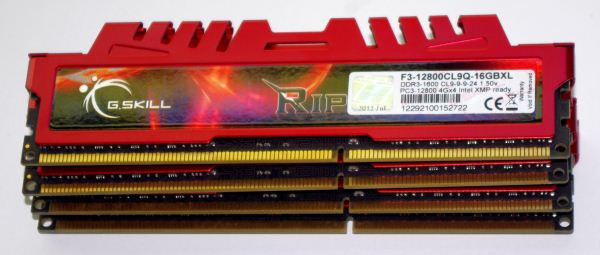
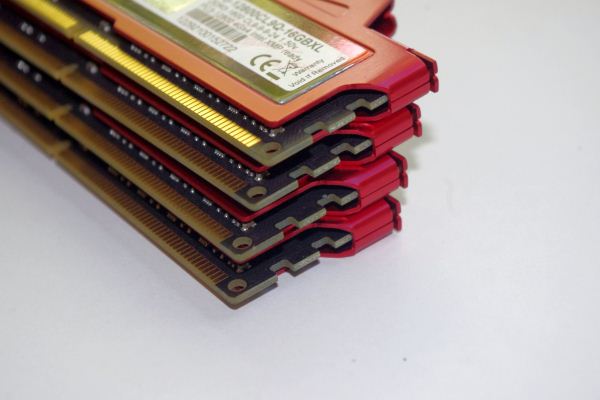
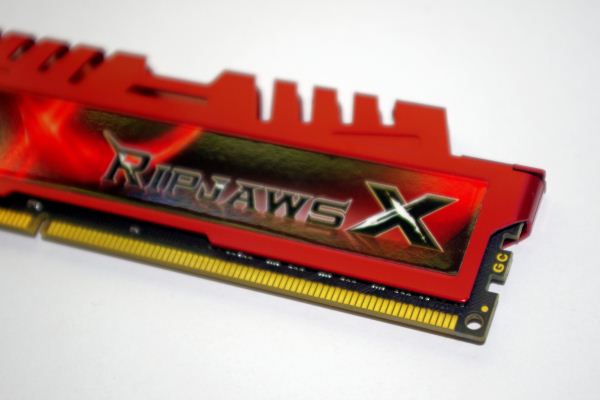


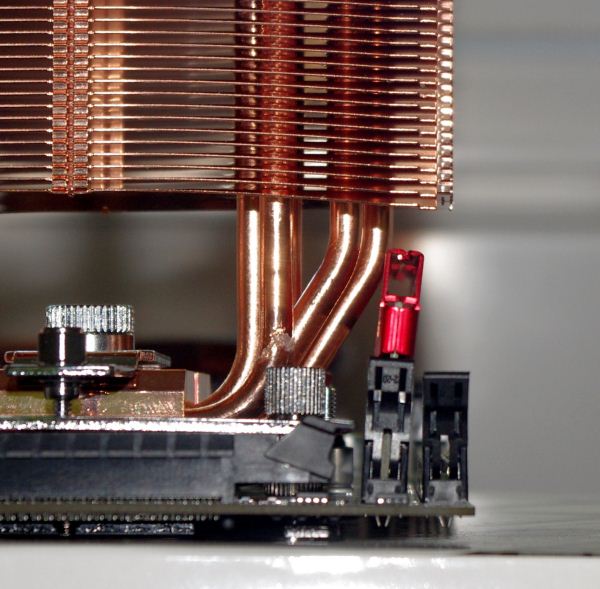






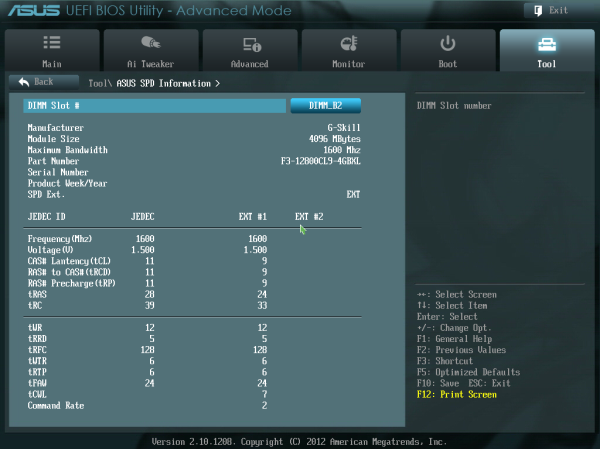








114 Comments
View All Comments
ssj4Gogeta - Thursday, October 18, 2012 - link
"Besides, do people really play games with IGP?"They're definitely more likely to play games on a more powerful IGP like AMD's. I thought the whole point of AMD's Fusion lineup was that you could do light gaming on the IGP itself.
SeanJ76 - Saturday, June 21, 2014 - link
Exactly! no one buys shitty AMD products anymore......Boogaloo - Thursday, October 18, 2012 - link
There are already plenty of benchmarks out there for memory scaling on AMD's APUs. This is the first time I've seen an in-depth look at how memory speed affects Intel's IGP performance.ssj4Gogeta - Thursday, October 18, 2012 - link
That's what I was thinking as well.I'm hoping for another article using Trinity. :)
Calin - Friday, October 19, 2012 - link
I'm not sure A10 supports DDR3-2400 (DDR3-1866 was the fastest memory supported)Medallish - Friday, October 19, 2012 - link
The A10 has AMP profiles(Like XMP on Intel) up to 2133MHz, however, there's always overclocking, I'm pretty sure Ivy Bridge doesn't suppoort 2400+MHz memory natively either. I'm looking at an FM2 board by Asrock which they claim can support 2600MHz memory.IanCutress - Friday, October 19, 2012 - link
My A10-5800K sort of liked DDR3-2400, then it didn't like it. Had to go back one to 2133 for the testing. Even with bumped voltages and everything else, the CPU memory controller couldn't take it. Perhaps the sample I have is a dud, but that was my experience.Ian
tim851 - Friday, October 19, 2012 - link
I concur.Pointless review anyway. The summary should have read: High-Clocked Memory only needed if your primary usage is either competitive benchmarking or WinRAR compression.
IanCutress - Saturday, October 20, 2012 - link
Did you know that before you read the article though? This is Anandtech, and I like to think I test things thoroughly enough to make reasoned opinions and suggestions :) Having a one sentence summary wouldn't have helped anyone in the slightest.Ian
SeanJ76 - Saturday, June 21, 2014 - link
Nothing is better done on AMD products idiot.....